As every Godzilla fan knows, there are two primary ways to enjoy the King of the Monsters. His original outing and a couple of modern revivals capture the existential horror of the atomic monster, finding something endlessly compelling in his destruction and humanity’s efforts to stop him. Almost every other entry captures the silly fun of watching giant monsters smack each other around and destroy cities in the process. Godzilla Minus One was the former, but can its sequel remain in that category even if it includes more than one monster?
It’s a very good time to be a Godzilla fan. Godzilla Minus One and Godzilla X Kong: The New Empire came out a few months apart. They are, respectively, the most critically beloved and the most financially successful entries in the franchise. They’re violently different films, but both are absolute treats for hardcore fans. To be fair, Minus One actually has the second-highest Rotten Tomatoes score but the highest average critics’ rating. It lost by one point, 99% to 100%, to 1995’s Godzilla vs. Destoroyah.

Related
Godzilla: What is Titanosaurus?
Though several Godzilla monsters are technically dinosaurs, this one keeps the classic name and almost nothing else.
Godzilla Minus One was an instant classic
|
Director |
Takashi Yamazaki |
|---|---|
|
Writer |
Takashi Yamazaki |
|
Stars |
Ryunosuke Kamiki, Minami Hamabe, Yuki Yamada, Munetaki Aoki, and Hidetaka Yoshioka |
|
Runtime |
125 Minutes |
|
Release Date |
December 1, 2023 |
Everyone who has heard a word about Godzilla Minus One has heard that it was incredible. It’s one of the best films of the decade, rewriting the cinematic legacy of the giant monster that made giant monster movies important in the first place. Takashi Yamazaki took inspiration from his favorite entries in the franchise to build a statement with one of the most moving moral messages ever to feature a kaiju destroying a city. Like a lot of once-in-a-lifetime developments in long-standing franchises, Godzilla Minus One isn’t great because it dispenses with the best elements of its source material. It’s great because it found ways to evolve, modernize, and escalate those decades-old creative choices into something revolutionary for the new generation. It’s a more or less perfect narrative that should set a new standard for the genre. The weirdest part of the film is its conclusion. Of all the things Minus One would have, a sequel tease is a bizarre note. That promise seemed like it could have gone unfulfilled, but there is a second entry on the way.
When did Toho’s Godzilla movies add more monsters?
Ishiro Honda’s beloved 1954 classic Godzilla features exactly one kaiju, and his name is in the title. The second film to feature Godzilla, Godzilla Raids Again, was the first to introduce another giant monster, Anguirus. There have been several subsequent films that focused entirely on Godzilla, but they’re in the minority when compared to the monster-fight-centric entries. Godzilla’s third film appearance was an epic crossover that saw him fight RKO’s King Kong. By the fifth entry, Godzilla started to become an anti-hero, losing the antagonistic role he occupied in the first film. In this shift, he also lost most of the messaging that tied Godzilla to the atomic bomb. There have been several attempts to push Godzilla back to his original glory days. Shin Godzilla and Godzilla Minus One are the most recent examples. However, it’s worth noting that the addition of antagonistic monsters allowed Godzilla to start that shift, and every attempt to bring him back has involved a stripped-down approach.
Could a new Godzilla movie maintain Minus One’s tone?
Takashi Yamazaki has spoken extensively about his inspirations when making Minus One. He specifically cited the 1954 original, but he also mentioned Godzilla, Mothra and King Ghidorah: Giant Monsters All-Out Attack. That 2001 film is something of a codex for understanding Minus One. As the title suggests, Godzilla faces off against both Mothra and King Ghidorah (and also the unfairly unmentioned Baragon). That film hints at a deeper meaning, straightforwardly explaining Godzilla’s increase in power and hostility by tying his soul to those of the victims of the Pacific Theater of World War II. He’s no longer just the atomic bomb but also the cruel actions of the contemporary Japanese government.
While Godzilla briefly represents those concepts, his defeat in the final moment doesn’t come through any acknowledgment of those previous failures. Japan just defeats Godzilla because they have to. Minus One simply pays off the promise that GMK failed to keep. It even references the 2001 outing by attempting to kill him in a similar way, only to have to change tactics to finish the job. That could suggest that the inclusion of other monsters negatively impacted the film’s ability to deliver its message, while Minus One was able to achieve that. Though the differences are clear, it’s worth acknowledging the impact of GMK. That film, along with several other entries, proved that it’s possible to insert themes into monster-fight movies. If anyone can carry their previous success into a more difficult format, it’s the person who pulled it off in the first place.
The sequel Godzilla Minus One will be one of the most hotly anticipated entries in the franchise whenever it comes out. It’s tough to imagine what it could look like, but with the history of the franchise at Yamazaki’s back, it’s not hard to believe he’ll find a way to keep things interesting. Sure, most multi-monster movies struggle to maintain their themes, but most filmmakers didn’t make Godzilla Minus One.
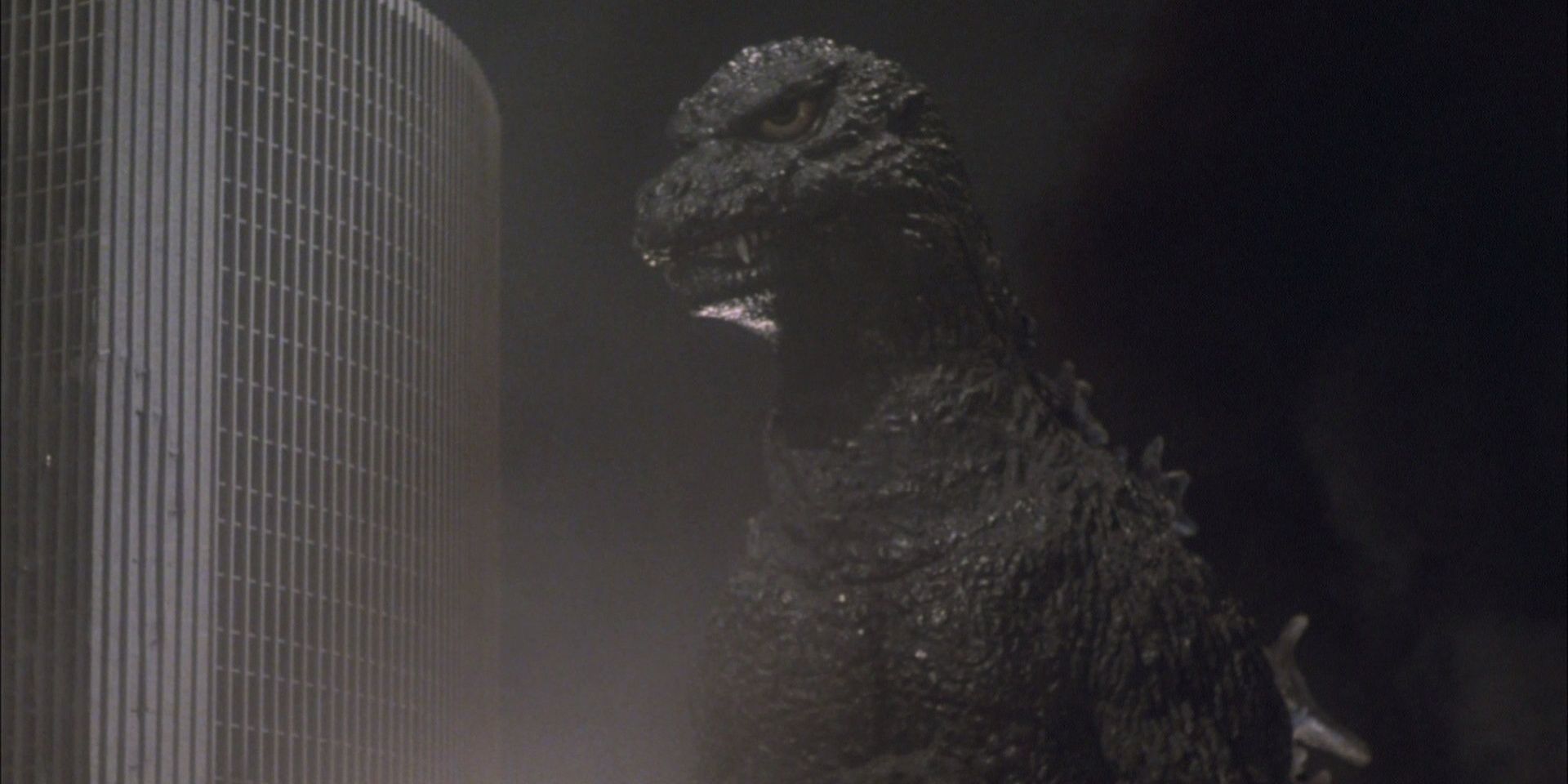
Related
Cybot Gozilla, Explained
This animatronic iteration of the King of the Monsters appeared in one film, but its unique status posed a lot of problems.
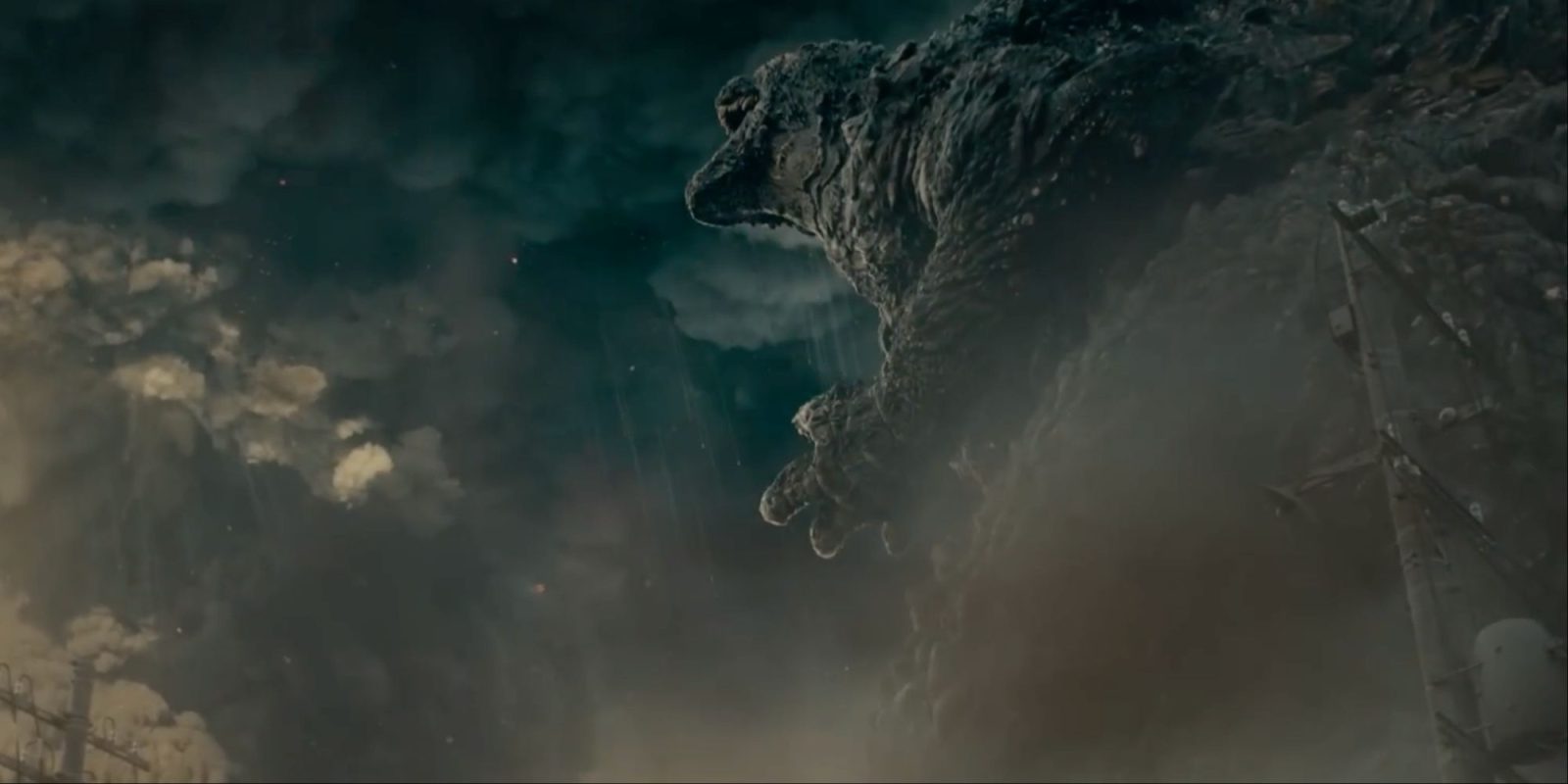

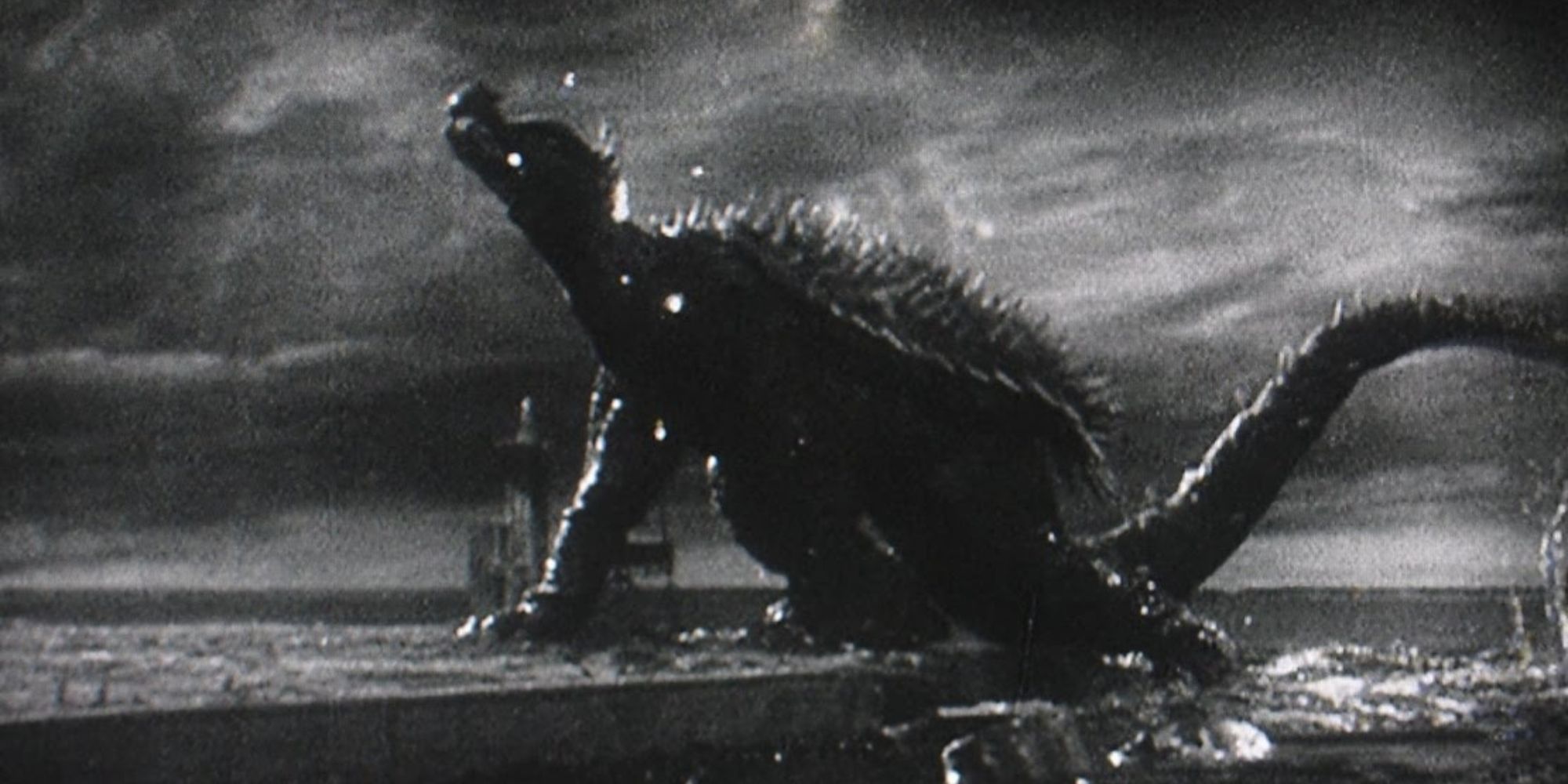
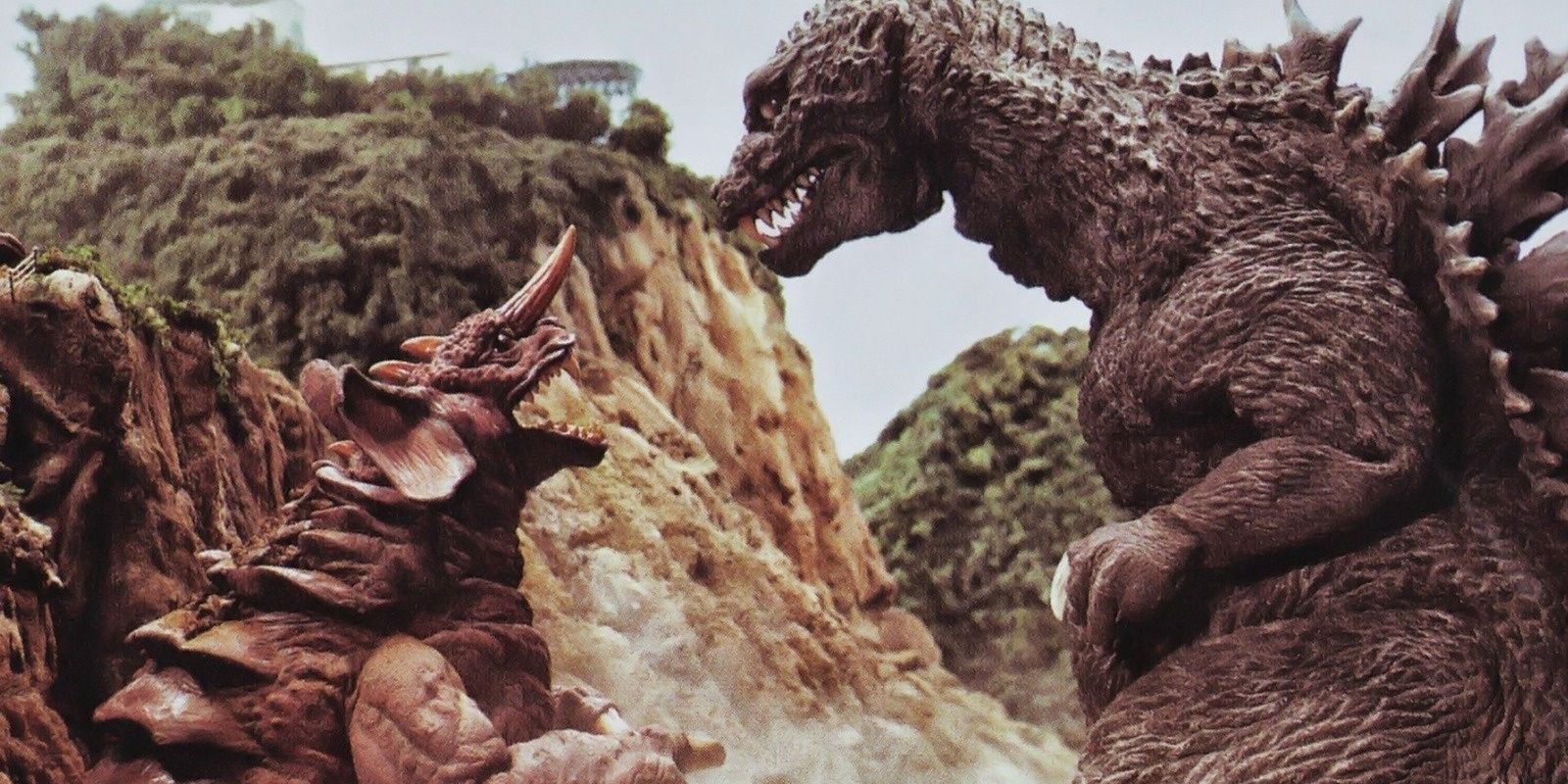




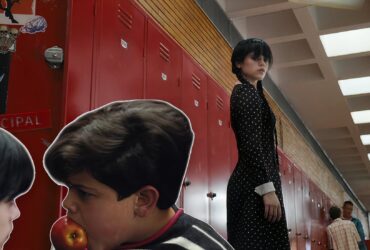


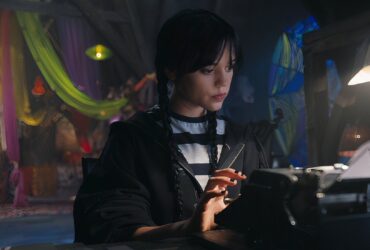


Leave a Reply